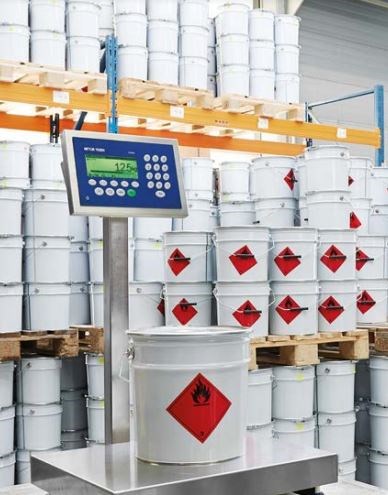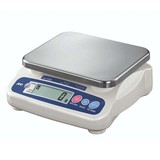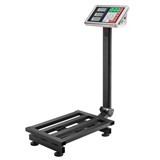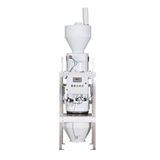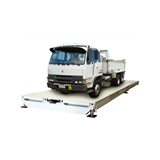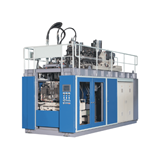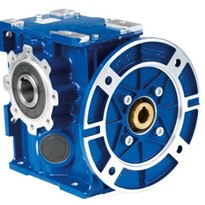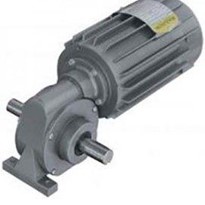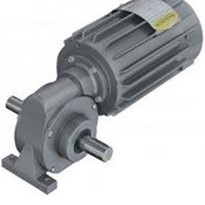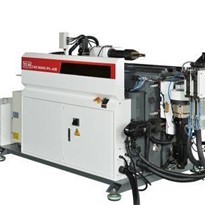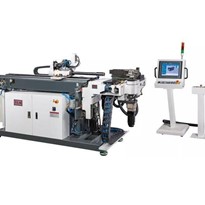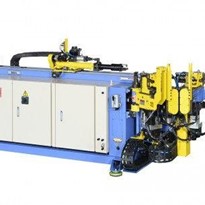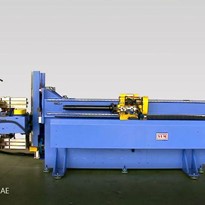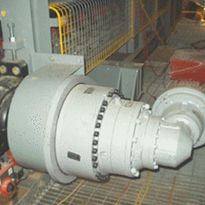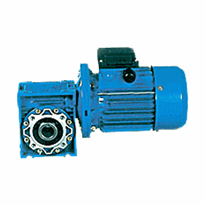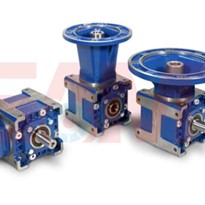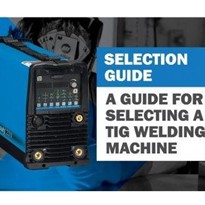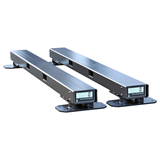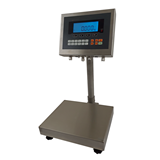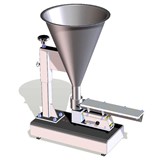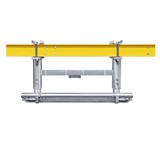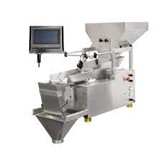Accurate weighing is a critical step in many production processes because accurate measurement results contribute to consistent product quality, optimize material consumption and reduce product giveaway. In many industries, documented measurement accuracy is also a legal requirement.
No matter what you buy, there are always different levels of quality and price. This is also true for weighing equipment especially when your weighing process requires high-accuracy scales. Now, how do you find the right scale for your process? Different weighing technologies, accuracy classes and readability make the decision difficult.
Whether it is for quality, compliance or productivity reasons, the accurate and reliable performance of your scales is important to your production targets. That is why selecting the right scale for your weighing process requires careful consideration.
Step 1: Define the weighing environment
The environment can have a significant impact on the performance and lifetime of the equipment. Dry, dusty or wet and harsh environments influence the requirements for material selection, robustness of scale construction and ingress protection level of the sensitive load cell.
Step 2: Define the weighing accuracy requirements
Answer these three questions to select a scale that meets your accuracy requirements:
- What is the largest weight you want to weigh? The largest total gross weight you intend to weigh on the scale defines the maximum capacity of the scale. The gross weight always includes the tare container.
- What is the smallest weight you want to weigh? The smallest net weight refers to the material weight without a tare container. This information is critical since the relative weighing error increases with smaller weights.
- What weighing tolerance do you need? The weighing tolerance is defined by your process requirements, thequality management system or regulatory requirements. The lower the weighing tolerance, the higher the accuracy of your scale.
Step 3: Specify regulatory requirements
- Comply with legal-for-trade regulations. If the scale is used for commercial transactions to determine a price by weight it must be approved as “legal for trade”. The scale must meet the certification regulations of the respective country.
- Ensure safety in explosive environments. Scales for explosive environments must comply with local hazardous-area regulations. The equipment must fulfill the specified hazardous-area classification.
Step 4: Match the scale to your weighing application
Scales with application-specific functionality support your process and help improve quality and productivity. Match the scale to your application in terms of usability, ergonomics, functionality, process speed and connectivity.


